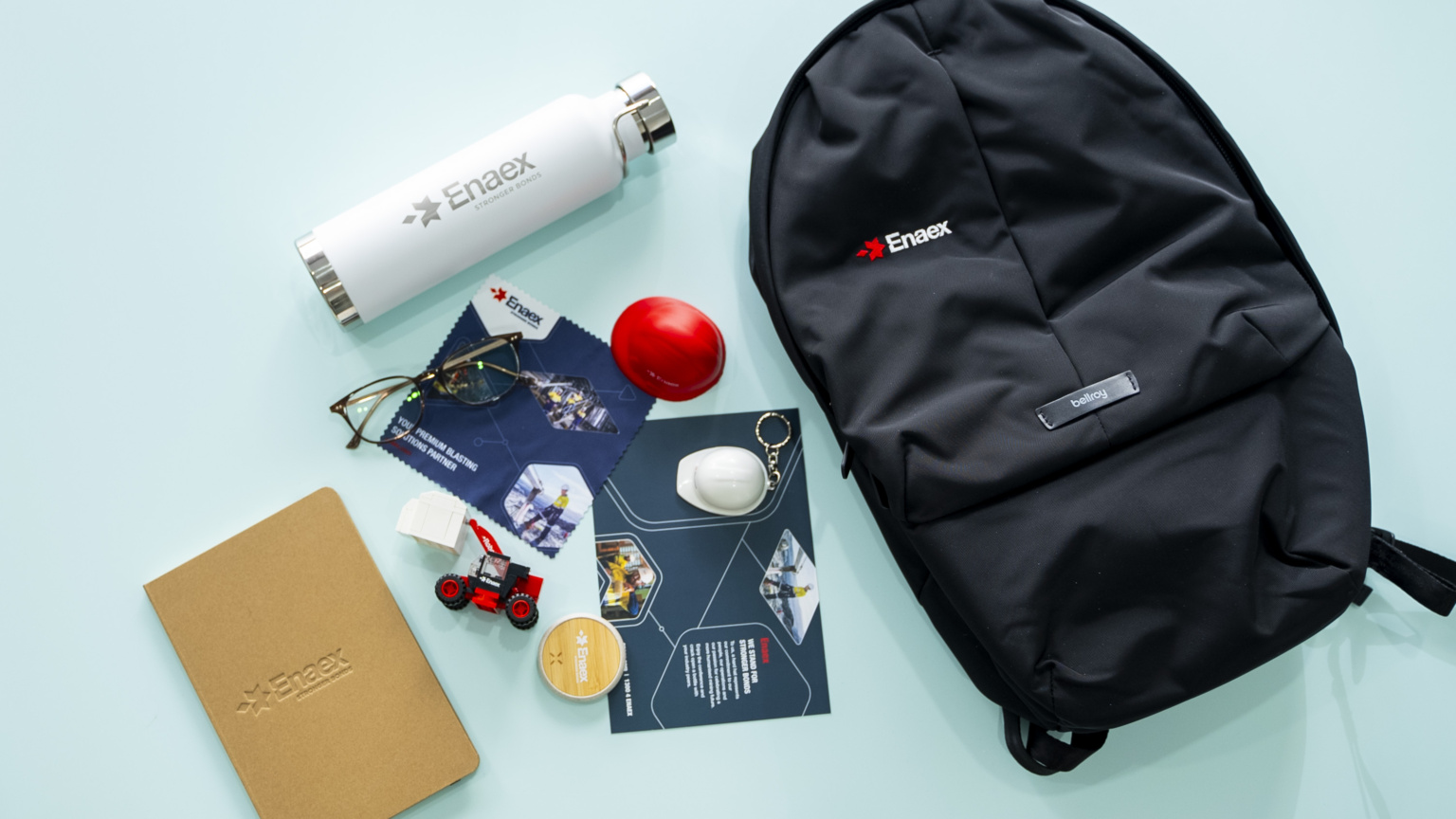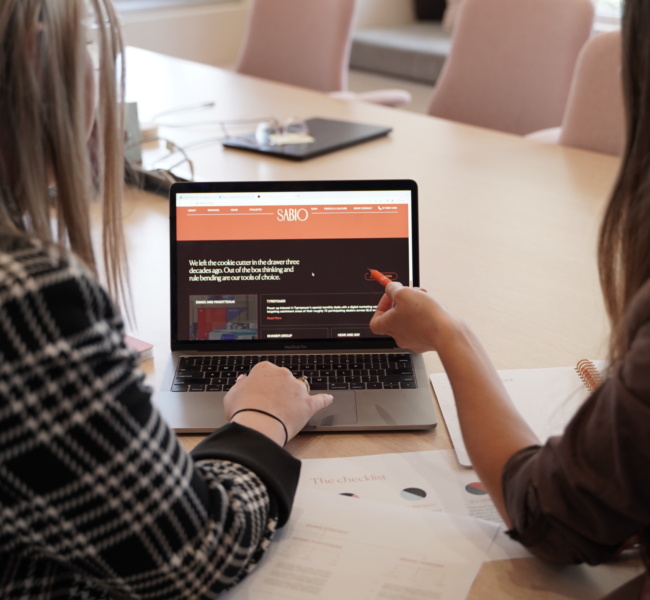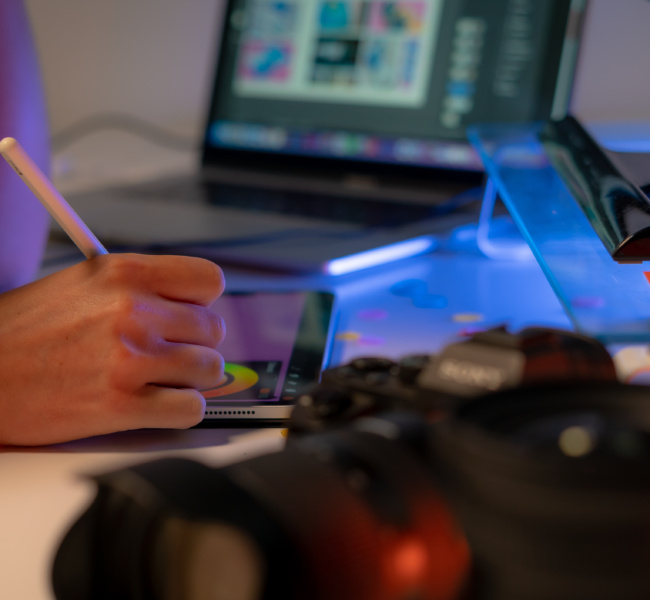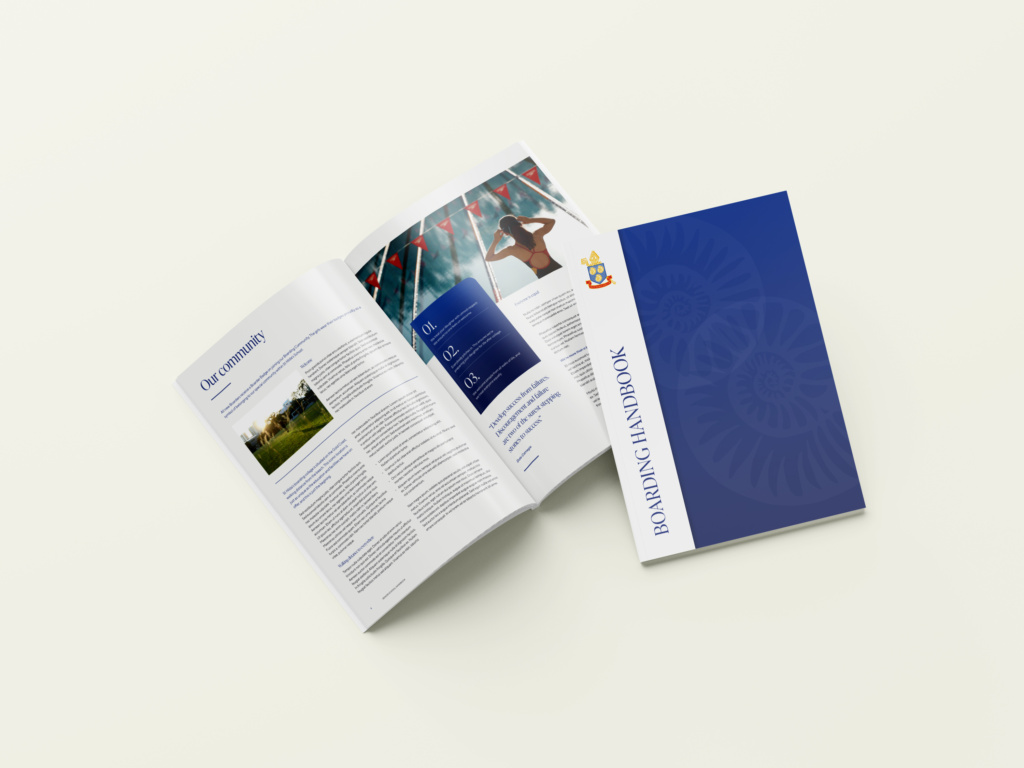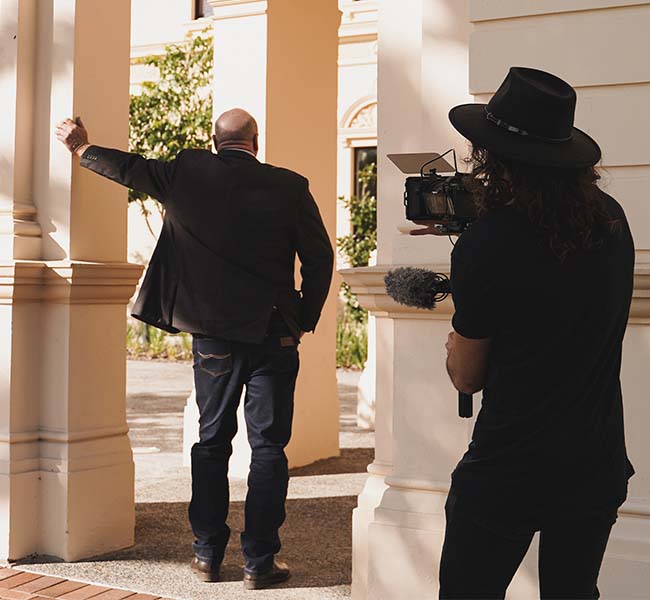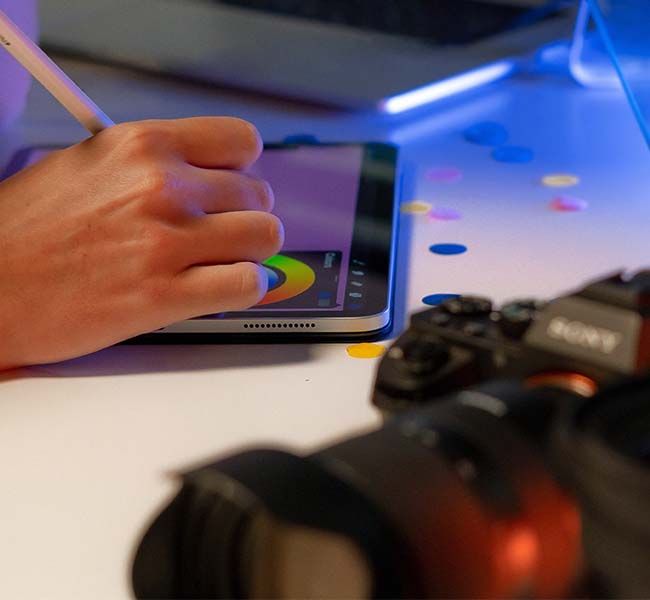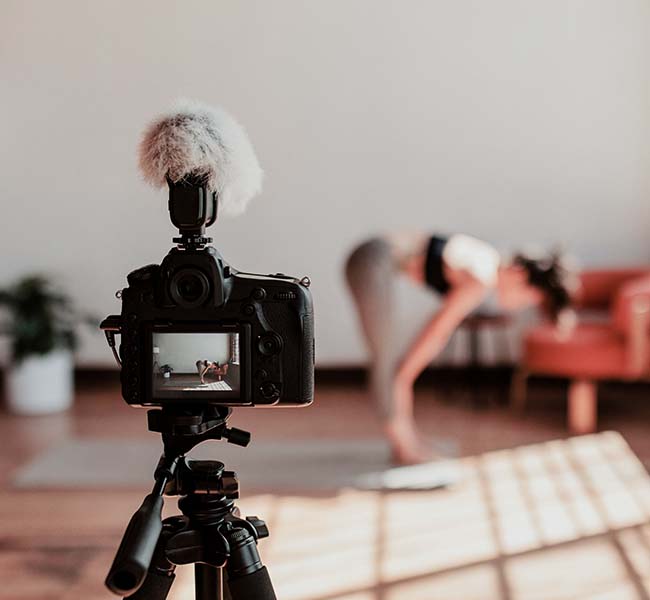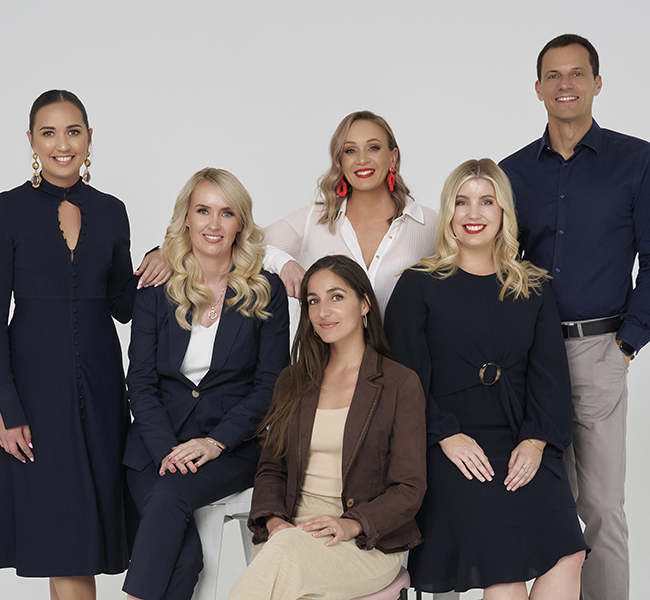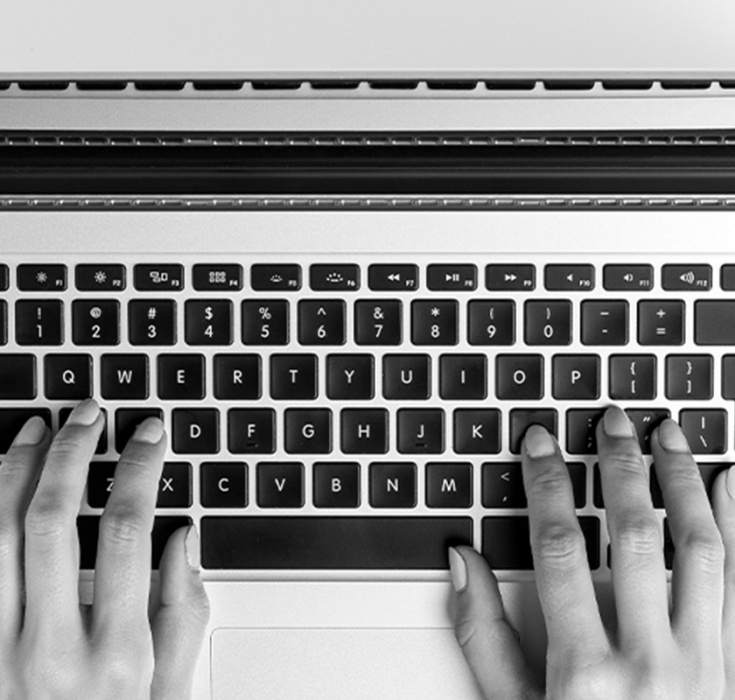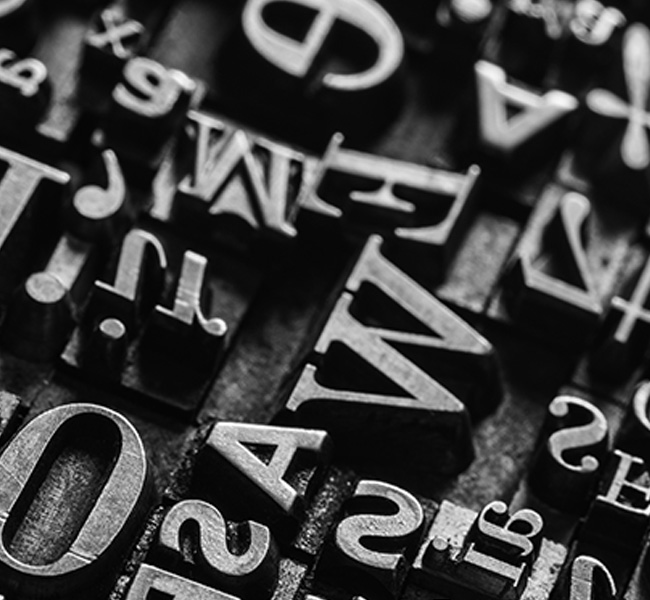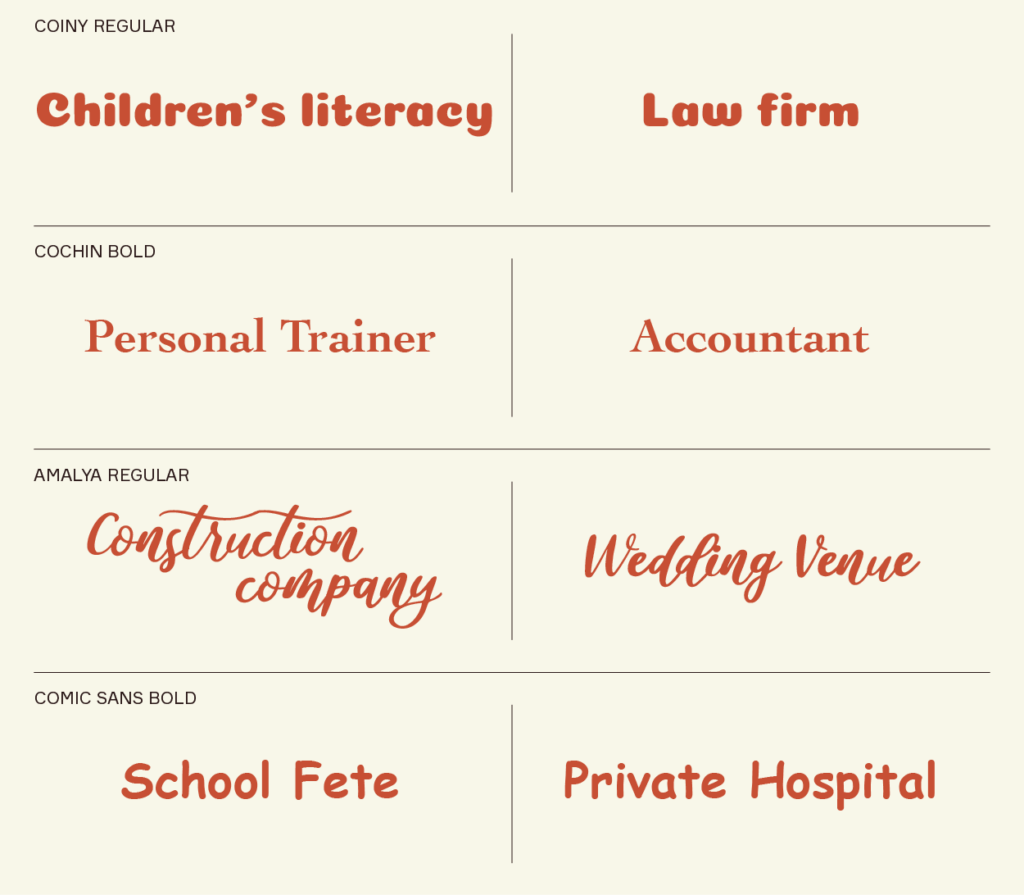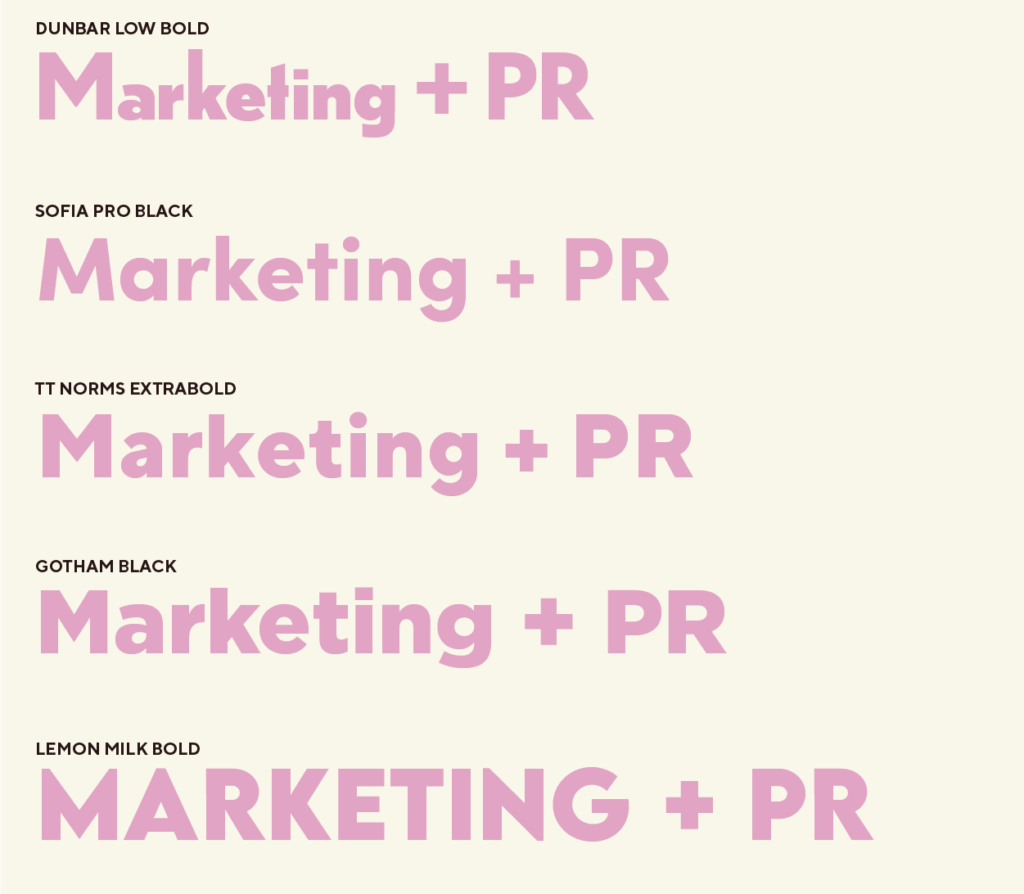Today, integrated marketing and communications powerhouse, P4 Group and sister agency, Ruby Communications announce an agency rebrand, now officially debuting as ‘Sabio’.
Under the new brand, the group will design business solutions that funnel close to three decades of experience into cleverly crafted campaigns and creative solutions for their expansive client list. With a fleet of creatives and way of thinking that doesn’t sit on the side of the majority, Sabio brings a re-energised approach to marketing, stakeholder and communications and a promise to elevate the everyday, into the unexpected.
In August of 2020, Brisbane powerhouse agency, P4 Group, joined forces with Ruby Communications uniting their extensive media relations capabilities with P4’s existing communications, stakeholder management, digital marketing and creative services for clients across government, tourism, non-for-profit, hospitality, lifestyle and corporate sectors.
Managing Director, Naomi Spies states that it’s an exciting time to be in the industry, particularly with such a huge focus on collaboration and creativity―a space that Sabio knows all too well.
“Sabio will always be a fluid agency that is ever-changing and ever-evolving to adapt to the fast-moving industries we work within, bringing a clever, highly integrated lens to our client’s needs across communications, creative, digital, marketing and engagement,” says Spies.
“The last three decades has allowed us to work with so many brands, corporations and Government projects and it’s been an amazing ride, but I can genuinely tell you, the best is yet to come.”
Echoing Spies’ remarks is Sabio Founder and CEO, Adrian Basile, who says the rebrand was a necessary change to highlight the talent of the team and its ability to bring the absolute best to the table.
“From what started as a traditional communications agency almost three decades ago with a sole focus on media relations, we are now a campaign-driven agency that delivers exceptional integrated work across a multitude of sectors—we really needed a brand that spoke to this innovative shift,” says Basile.
“We want people to know that we’ll be carrying all of our experience and incredible team into Sabio – our team are the lifeblood of our company so it’s important to us that we bring our highly skilled mix of individuals and our vibrant culture into this next chapter.
“Through Sabio, we’ll deliver work that meshes our ability as powerful storytellers with campaigns that are inherently and cleverly, you. What we’ll bring to the table are ideas that not only bring out the best in our partnering brands and companies, but the unexpected and the surprising.”
Sabio is defined as clever, learned and Spanish for ‘wise,’ and encapsulates the agency’s history as an experienced, trusted advisor while also enabling it to continue its trajectory as an exciting company designing work for clients that is ‘cleverly, you.’
Sabio holds offices across Brisbane, Sydney and the Gold Coast, and specialises in an extensive mix of services spanning marketing, PR and communications, digital, marketing, engagement and creative.
Recent agency work includes campaigns and projects with Brisbane City Council, Brisbane Economic Development Agency, Gallagher Bassett, Tourism and Events Queensland, Major Events Gold Coast, Bicycle Queensland, Multicultural Australia, Ghanem Group, Hallmark Group, Home of the Arts (HOTA), Lung Foundation Australia, Outback Queensland, Youly and Nobby’s Beach Village.
For more information, contact Sabio Communications Director Laura Carlin via laura@sabio.com.au
